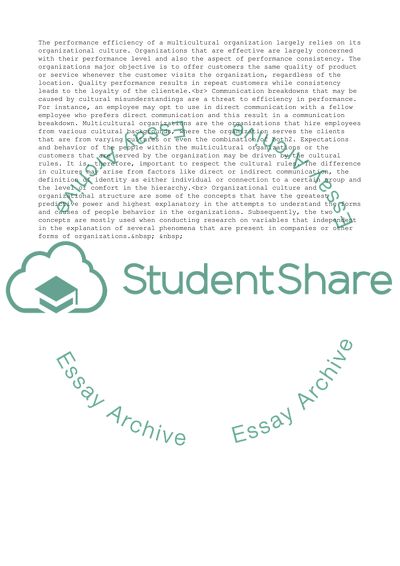Cite this document
(Organizational Culture and Organizational Structure Assignment, n.d.)
Organizational Culture and Organizational Structure Assignment. Retrieved from https://studentshare.org/management/1676941-3-x-450-words-assignments-b-strategy-org-behave-b-environ-b-spec
Organizational Culture and Organizational Structure Assignment. Retrieved from https://studentshare.org/management/1676941-3-x-450-words-assignments-b-strategy-org-behave-b-environ-b-spec
(Organizational Culture and Organizational Structure Assignment)
Organizational Culture and Organizational Structure Assignment. https://studentshare.org/management/1676941-3-x-450-words-assignments-b-strategy-org-behave-b-environ-b-spec.
Organizational Culture and Organizational Structure Assignment. https://studentshare.org/management/1676941-3-x-450-words-assignments-b-strategy-org-behave-b-environ-b-spec.
“Organizational Culture and Organizational Structure Assignment”, n.d. https://studentshare.org/management/1676941-3-x-450-words-assignments-b-strategy-org-behave-b-environ-b-spec.


